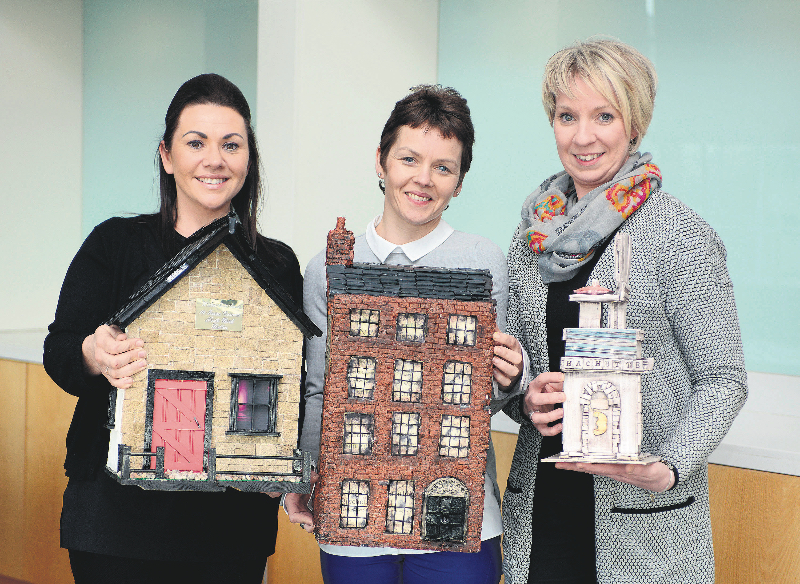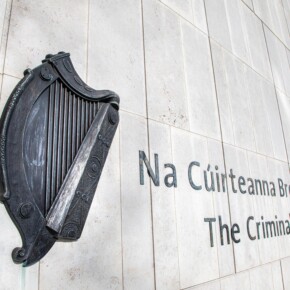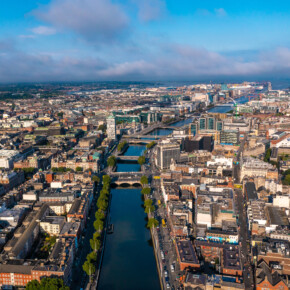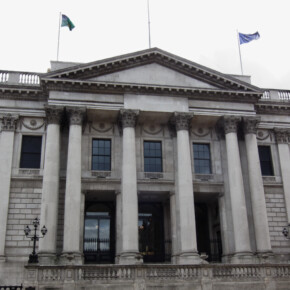Civilian dead are honoured in model homes exhibition
Dublin People 08 Apr 2016
THE 262 innocent civilians killed during Easter week in 1916 are being remembered at a poignant exhibition that opened in Botanic Gardens, Glasnevin, last week.
It’s often forgotten that more ordinary citizens died than the combined total of Irish rebels and British soldiers in what was one of the bloodiest weeks of violence in modern Irish history.
To commemorate their lives, ceramic artist Ciara O’Keefe decided to embark on the 1916 Sackville Art Project, which created 262 beautifully hand crafted model houses to remember each civilian killed.
The houses, built out of materials such as ceramics, wood, fabric and stone, were made by O’Keefe along with volunteers who wanted to pay tribute to those ordinary citizens who lost their lives during the Rising.
“The idea was that 2016’s civilians would make a piece for 1916’s civilians, so it would just be ordinary people remembering ordinary people,” said O’Keeffe.
“There’s this kind of association between a house, home, dwelling and the heart and what’s left behind, and it all merged into one.”
Prior to opening in the Botanic Gardens last Friday (April 8), the exhibition was previewed on O’Connell Street on Easter Monday as part of RTÉ’s Remembering the Rising.
“To do a piece of art for 262 people that died, and then for their families to come along and see what we had done, it was very emotional,” O’Keeffe added.
“A lot of them didn’t know anything about the project, so they were very intrigued to see the house that represented their relative. They were so delighted they were being remembered in such a positive way.”
The full exhibition runs at Botanic Gardens in Glasnevin until April 24.
As well as the model houses, the exhibition features an illustrated book containing pictures of all the houses, along with details about the civilians, the artists and the thoughts behind each home to ensure the innocent civilians will never be forgotten.
Each house is unique, and symbolic of the person that it represents and the models attempt to tell their story in design and appearance.
The houses tell the stories of people such as Walter Scott, an eight-year-old boy shot in the head as a result of the fighting, and a little girl in a green jumper who was mistaken for a rebel soldier and shot dead while standing by a window.
The exhibition at the Botanic Gardens is free for all members of the public.
The 1916 Sackville Project is asking visitors to donate to the Peter McVerry Trust, a charity that looks to combat homelessness in Ireland.
Jack O’Toole











